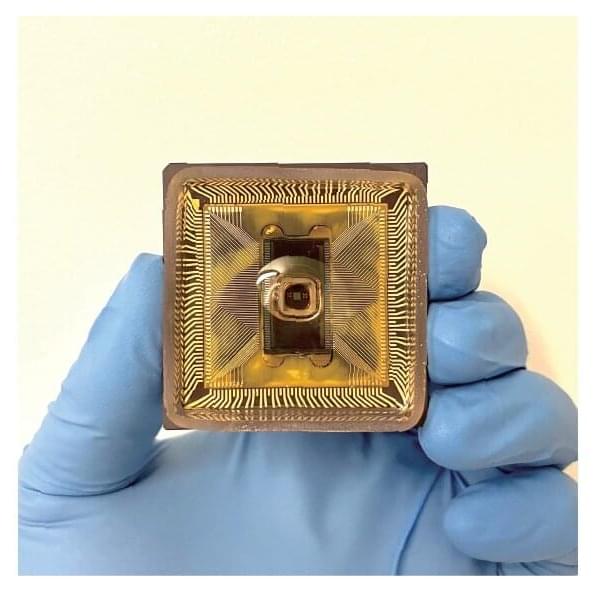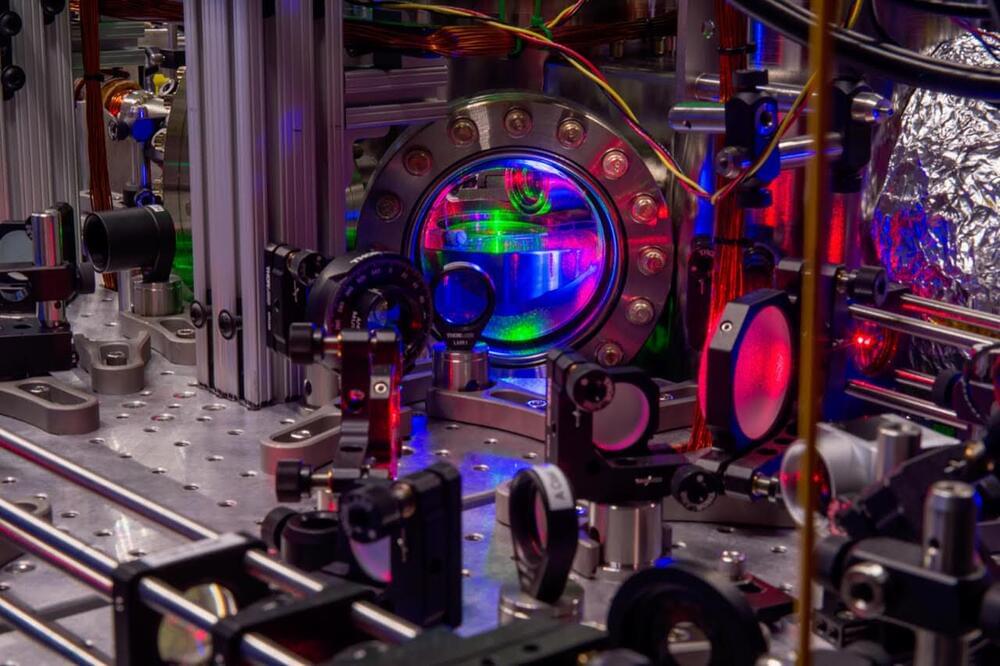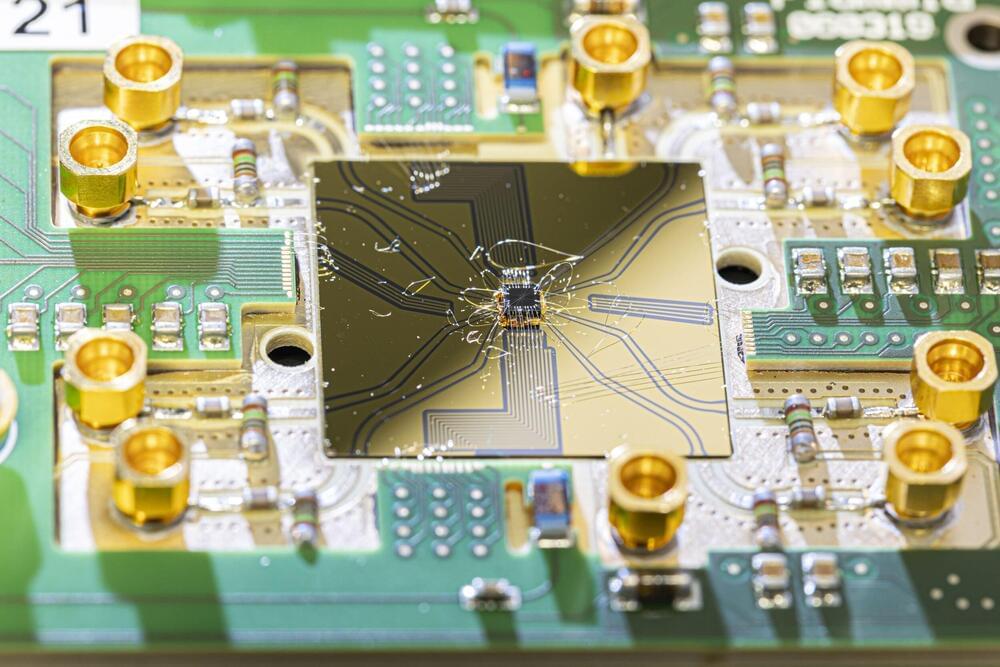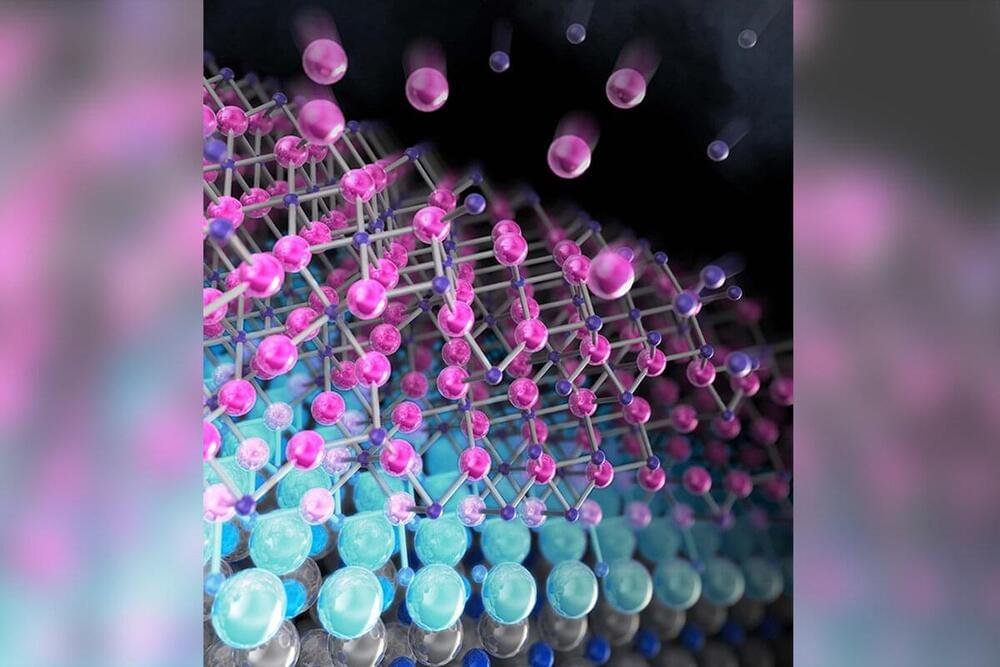Sep 30, 2022
For the longest time: Quantum computing engineers set new standard in silicon chip performance
Posted by Shubham Ghosh Roy in categories: computing, quantum physics
Two milliseconds—or two thousandths of a second—is an extraordinarily long time in the world of quantum computing. On these timescales the blink of an eye—at one 10th of a second—is like an eternity.
Now a team of researchers at UNSW Sydney has broken new ground in proving that ‘spin qubits’—properties of electrons representing the basic units of information in quantum computers—can hold information for up to two milliseconds. Known as ‘coherence time’, the duration of time that qubits can be manipulated in increasingly complicated calculations, the achievement is 100 times longer than previous benchmarks in the same quantum processor.
















